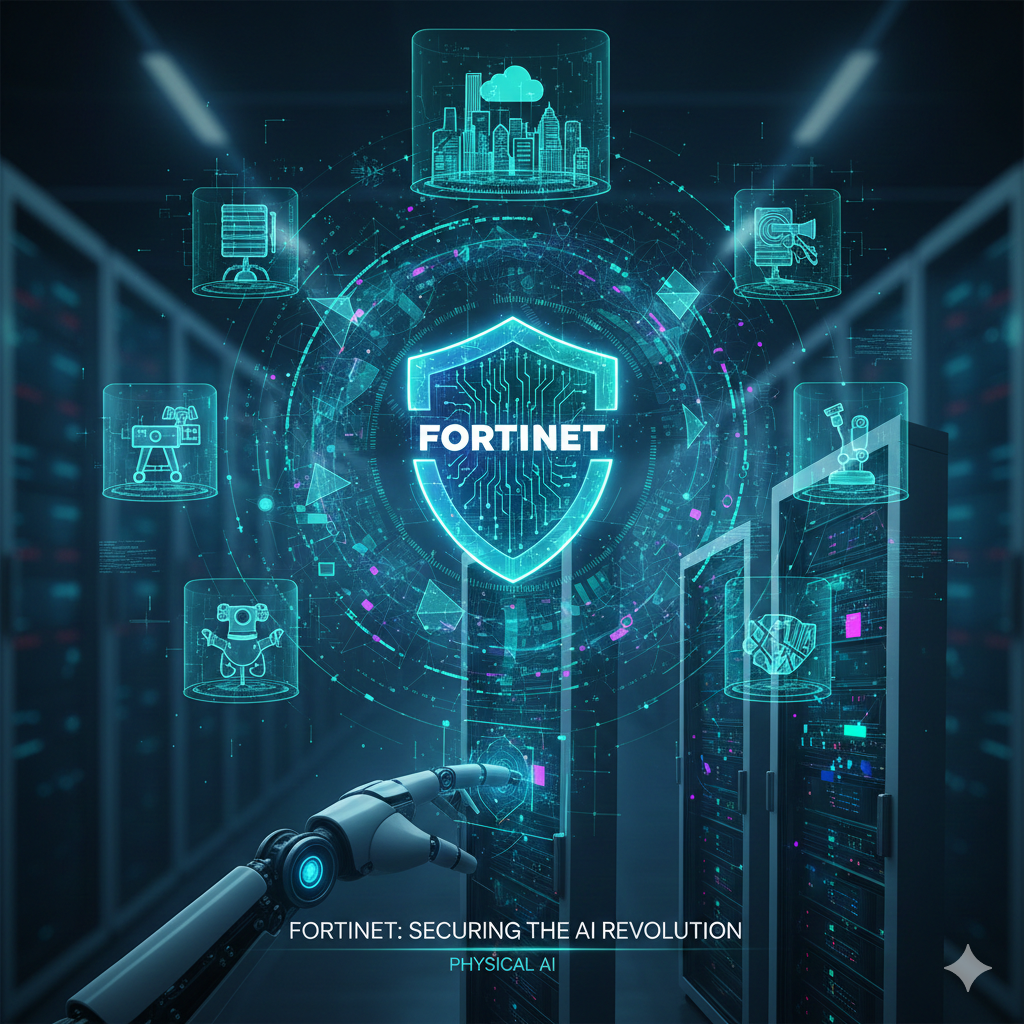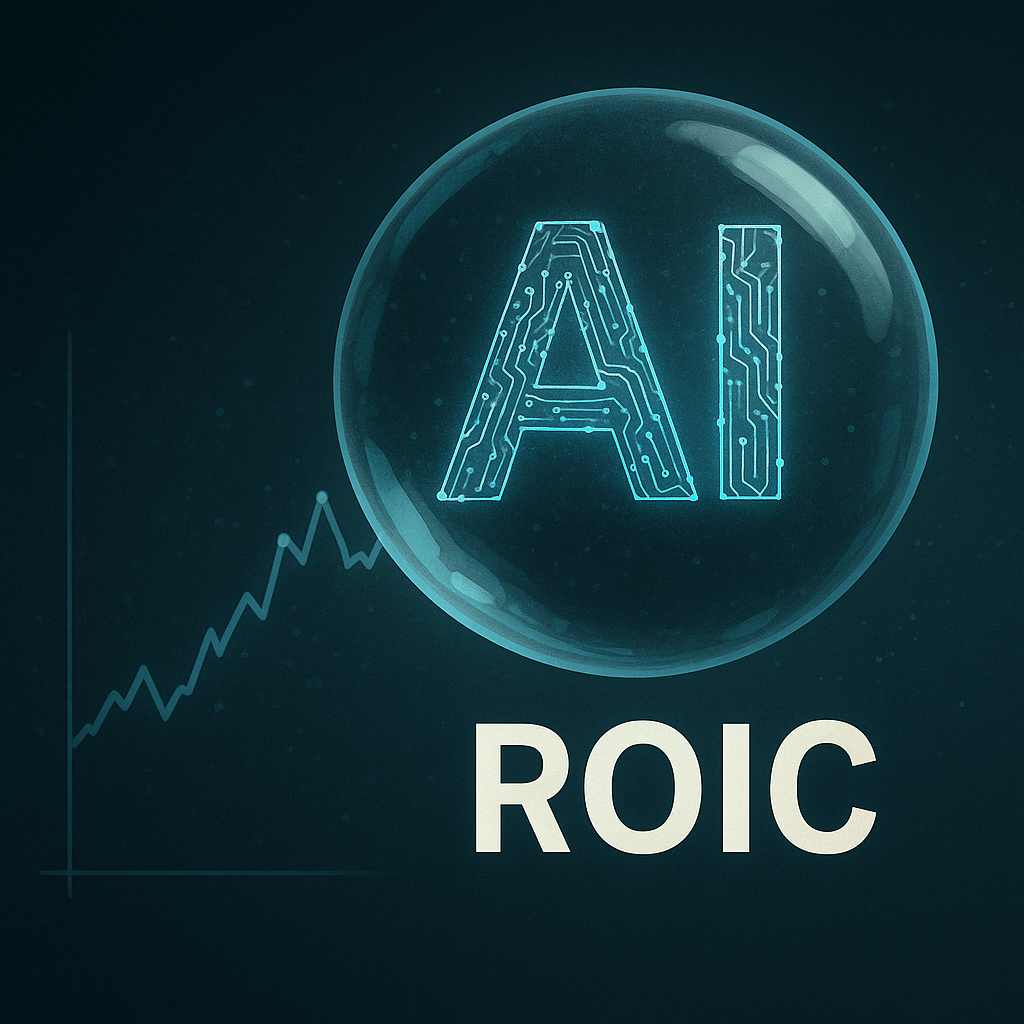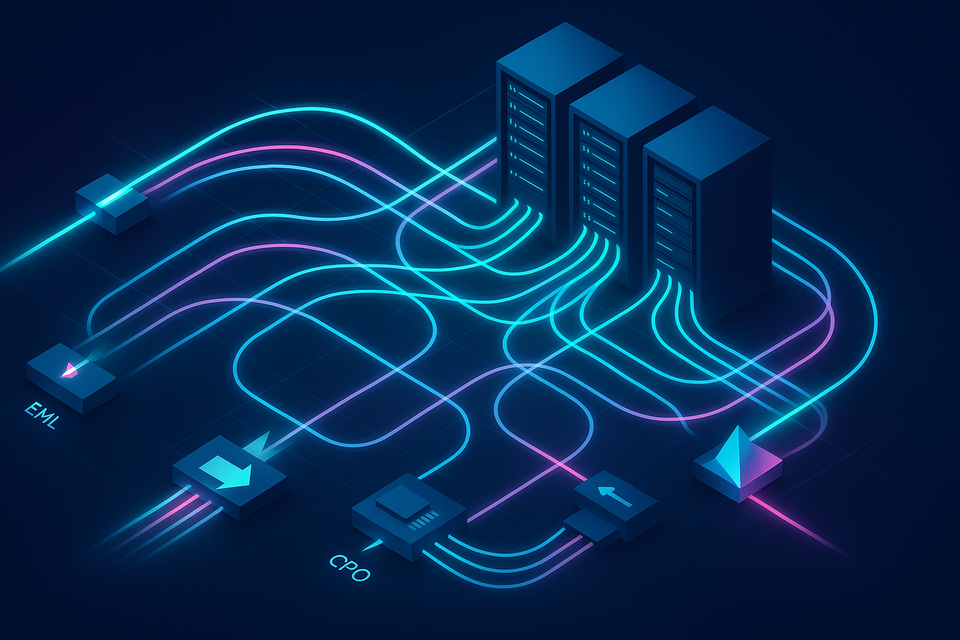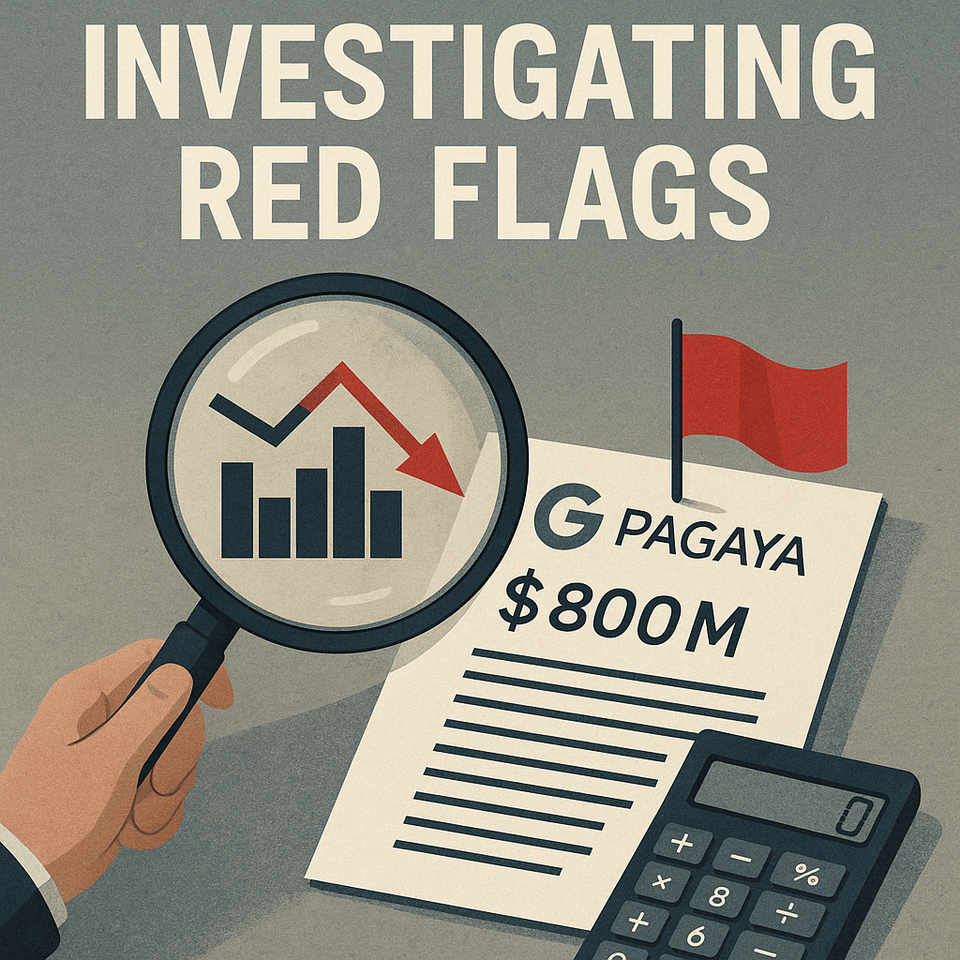Instacart vs. DoorDash - Which is the Better Investment Today? (Pt.2)
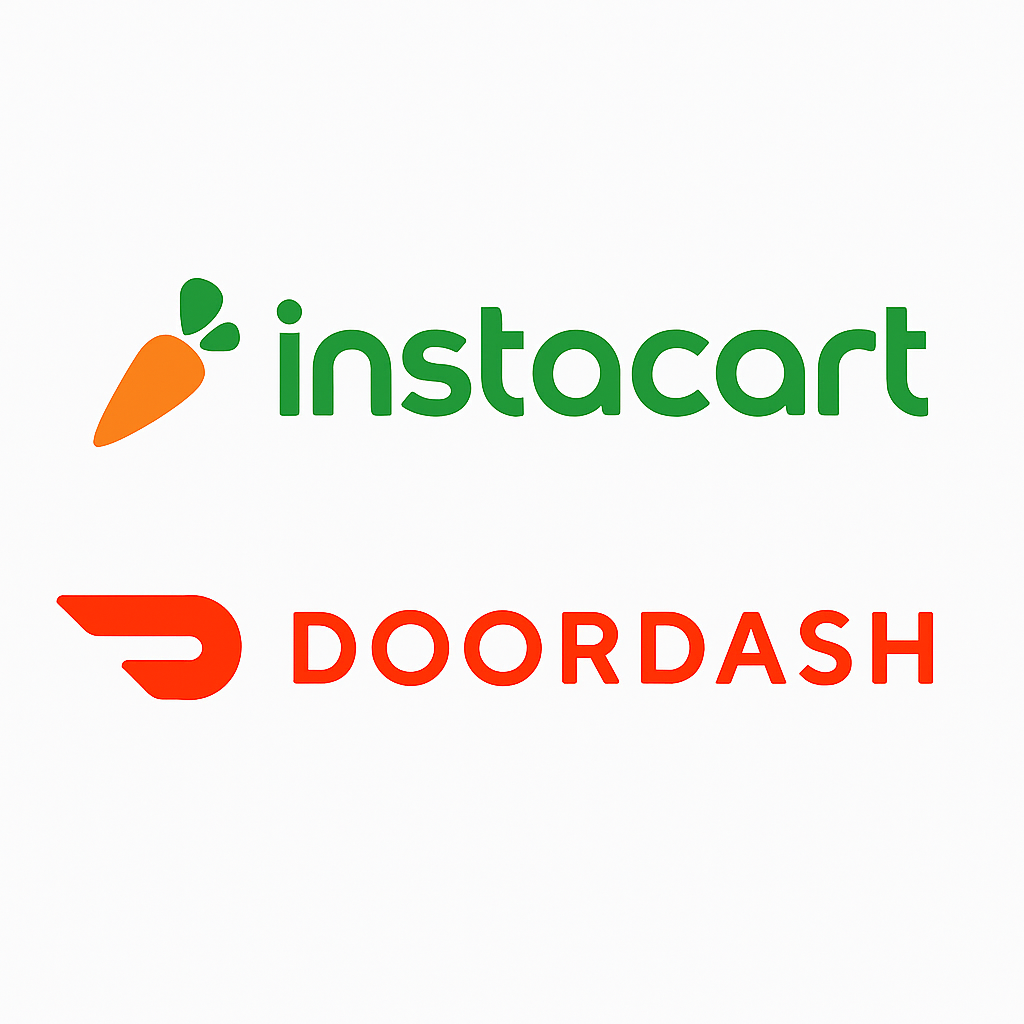
Summary
- Despite slower growth, CART offers stronger gross margins, a higher ROIC, and significant retail media monetization potential, making its current valuation appear deeply discounted relative to DASH.
- While DASH is priced for sustained growth and margin expansion, CART’s vertical control, ad infrastructure, and AI roadmap suggest asymmetric upside if it executes on innovation and reaccelerates growth.
- DASH may also be undervalued despite its higher multiple, with stronger top-line growth, scalable logistics infrastructure, and margin expansion potential from increased retail media monetization and automation — offering lower downside risk and solid upside.
Strategic Control & Fulfillment Infrastructure
CART’s White Label Strategy
CART’s white-label strategy reflects a deeper philosophical commitment to empowering grocers, not just selling through them. Rather than treating retailers as interchangeable inventory sources, CART is embedding itself within their operations to create a seamless, data-rich, and branded customer experience. This began as a response to growing demand from grocers who wanted to retain control over their customer relationships and avoid overdependence on external marketplaces. CART's white-label stack — anchored by the Instacart Enterprise Platform — provides a full ecommerce and fulfillment solution under the grocer’s own brand, combining the best of online convenience with in-store familiarity. It competes with platforms like Navio, Orchestra, and Mercatus that give grocers the software to manage things themselves, but CART’s advantage lies in the richness of its vertically integrated tech stack and the operational muscle of its shopper network.
Technologies like Carrot Ads and Carrot Tags show how deeply CART is intertwining its retail media and fulfillment intelligence into the grocer's physical footprint. Carrot Ads, powered by real-time SKU and inventory data, allow grocers and CPG brands to place hyper-targeted, closed-loop ads at the exact moment a customer is shopping — whether online (Carrot Ads) or in-store (Carrot Tags). When combined with Carrot Tags, which are smart shelf displays that light up for Instacart shoppers or highlight nutritional attributes for in-store customers, the system creates a fluid physical-digital connection. For instance, a Carrot Tag might light up to highlight that a product is gluten-free and simultaneously display a real-time offer like '$1 off,' giving the shopper instant, contextual value right at the shelf — and if the shopper engages with or purchases the item, that interaction feeds back into the app to inform even more personalized recommendations and targeted ads later on.
Adding to this is Store View, which is another clear example of CART’s focus on deep integration with physical retailers. It creates a digital replica of the grocery store layout, down to aisle and shelf-level accuracy. This functionality enhances the in-app experience by allowing customers to see precisely where items are located within the store. It not only makes in-store shopping faster for CART shoppers, but also supports pickup orders by improving the shopper’s ability to locate and pack items efficiently. By integrating this kind of real-world spatial intelligence into the digital journey, CART is making the physical store layout part of the online experience — strengthening the connection between offline operations and online convenience.
Meanwhile, Caper Carts, which are smart shopping carts equipped with sensors and screens that let shoppers scan items as they go, view running totals, and check out without waiting in line. They also capture detailed data on in-store behavior — what customers pick up, scan, and ultimately purchase. This data helps CART personalize the online shopping experience: for example, if a shopper regularly scans oat milk, gluten-free pasta, and almond butter in-store, the app can later surface those items at the top of their homepage, suggest related recipes, or bundle them into a personalized one-tap reorder cart. In this way, Caper Carts act as a bridge between the physical and digital worlds, enabling CART to build a unified, data-rich view of customer preferences that benefits both consumers and retailers.
Even Second Store Check — CART’s internal mechanism that actively scans inventory at alternate nearby stores when an item is out of stock — underscores the platform’s obsession with inventory fidelity and minimizing consumer disappointment. For example, if a user adds oat milk to their cart and it’s out of stock at Store A, Second Store Check can automatically verify availability at Store B and reassign that portion of the order without the user ever noticing a hiccup. This feature plays a key role in CART’s more advanced multi-store fulfillment capability, where a single customer order can be intelligently split across multiple retailers — say, Whole Foods for fresh produce and CVS for toiletries — and fulfilled in parallel, yet presented to the customer as one smooth experience.
These innovations may appear cutting-edge, but they’re also a strategic necessity for CART as it battles the encroaching dominance of digital-first retail giants like Walmart and AMZN. Unlike these behemoths, which have built robust in-house infrastructure to power online delivery, inventory visibility, and fulfillment at scale, many of CART’s grocery partners are smaller, regional, or less digitally sophisticated. By developing and offering technologies like Store View, Second Store Check, Carrot Tags, and Caper Carts — often at cost or bundled into broader partnerships — CART is effectively leveling the playing field. Rather than purely pioneering for innovation’s sake, CART is racing to ensure its partner network can compete with WMT and AMZN’s tech advantage, keeping both itself and its grocers in the game as online grocery expectations continue to rise.
This contrasts with DASH’s core strength in order batching, which involves grouping multiple customers’ orders into one delivery route to boost driver efficiency and reduce per-order costs. While highly effective in dense urban environments, batching doesn't address the challenge of fulfilling a single customer's needs across retailers — a complex logistical task that requires deep integration with store-level inventory and fulfillment systems. CART’s ability to execute both multi-store fulfillment and real-time inventory checks gives it a strategic edge in grocery delivery. This difference between CART and DASH yet again highlights the emphasis and mission of their respective businesses - CART aims to avoid consumer disappointment in product availability and DASH aims to avoid consumer disappointment in timely and speedy delivery.
Together, these technologies point to one central idea: CART wants to bridge the digital and physical grocery experience through tight, vertically integrated control. Its goal isn’t just to power a grocer’s online store — it’s to embed itself in every decision layer of fulfillment, media, and shopper behavior, giving grocers advanced tools without sacrificing ownership. In contrast to DASH’s efficiency- and routing-first logic, CART’s model is all about building long-term defensibility through deep grocer alignment.
DASH’s DashMarts and Efficiency-Driven Model
DASH’s fulfillment DNA traces back to its restaurant roots, where success hinged on ultra-fast, route-optimized delivery. This ethos of operational efficiency has carried over into its grocery and retail expansion, shaping a modular logistics architecture that prioritizes batching, route density, and delivery agnosticism over integration depth. DASH separates its fulfillment into distinct roles — shoppers for in-store picking, Dashers for delivery, and Shop & Deliver workers who do both. This separation enables DASH to preserve driver efficiency, especially since requiring Dashers to shop would reduce throughput and conflict with batching logic. DASH’s shopper network often waits on-site in grocery store “waiting rooms,” picks orders as they come in, and places them in staging areas for Dasher pickup. But the shopper pick model is expensive and idle-time heavy, and DASH has largely shifted away from it.
Today, the Shop & Deliver model — where a Dasher both shops and delivers — makes up around 60-80% of DASH’s grocery order flow. It was introduced in 2020 as a quick way to scale into the grocery segment. DASH equipped these Dashers with prepaid Red Cards to make in-store purchases like any regular customer, bypassing the need for back-end integration. While this move allowed rapid merchant onboarding, it also meant DASH trades away some control and data fidelity, raising questions about the long-term stickiness of its grocery relationships versus CART’s.
Because DASH’s fulfillment logic remains delivery-first, it continues to iterate on new models to improve scalability. DashMarts are a clear expression of this. These are proprietary micro-fulfillment centers owned and operated by DASH, designed to maximize batching opportunities, reduce per-order cost, and improve delivery predictability. Unlike a grocery partner integration, DashMarts give DASH full control of physical inventory and workflow. It’s an architectural workaround to the grocer integration gap — DASH can’t go deep into stores, so it builds its own. Though costly upfront, DashMarts could become powerful assets if DASH can automate picking (robotics) and delivery (autonomous vehicles). There's early chatter — nothing confirmed — about future DashMart deliveries via partnerships with AV companies like Waymo.
This model also opens up an even more ambitious path for DASH: turning DashMarts into hybrid fulfillment points that go beyond grocery. With full control of the physical footprint, DASH could eventually convert select locations into ghost kitchens, where high-frequency merchants — or even DASH itself — prepare meals exclusively for delivery or pickup, bypassing the need for expensive dine-in infrastructure. This would not only accelerate order throughput but also improve unit economics by concentrating production in optimized, delivery-friendly spaces. Looking further ahead, if DASH incorporates robotic cooking systems, it could enable fully automated food prep at scale. In that scenario, DashMarts become vertically integrated fulfillment hubs: cook, pack, and deliver — all without human labor.
DASH’s batching strategy, essential to its cost-efficiency, benefits greatly from DashMarts. It also benefits from innovations like delivery windows, where DASH informs consumers that groceries may arrive during a 6pm–10pm window, instead of ASAP. This gives the batching algorithm more time to optimize routes, especially for non-perishable items. Yet it’s a branding tightrope: DASH has built its identity on speed, so conditioning users to accept delivery windows will require careful UX framing.
Meanwhile, CART has only recently begun implementing batching, suggesting margin upside remains untapped. DASH, with ~60–65% of U.S. deliveries batched (typically 2–3 orders per run), is further ahead on this front. Notably, if batching (which negatively affects those at the end of the delivery route) can be successfully applied to the more time-sensitive world of restaurant delivery, it may prove even more effective for grocery orders, which are generally less perishable in the short term and more forgiving on timing. CART’s integrated model — where one shopper handles both picking and delivery — helps preserve quality, allows for real-time substitutions, and promotes consistency. If CART can pair these strengths with effective batching, it could strike an ideal balance between reliability, personalization, and operational efficiency.
Finally, as previously mentioned CART also supports multi-store orders with more technical complexity. It lets users build a cart across multiple retailers with one checkout, with CART coordinating separate shoppers and fulfillment flows. DASH offers a lighter version through DoubleDash, allowing post-checkout additions from nearby merchants like 7-Eleven or DashMart, but doesn’t yet support full multi-restaurant or multi-grocer batching at the same depth. Compared to regional peers like Talabat (owned by Delivery Hero) who operate in the Middle East (mostly the UAE), which only allow one restaurant per order, both CART and DASH are years ahead.
Ultimately, DASH is still iterating. Its separation of roles, efficiency-driven batching, and DashMart buildout are all geared toward scalable logistics. CART, meanwhile, is doubling down on grocer alignment, integration depth, and end-to-end control — two sharply different strategies, each with its own tradeoffs and margin opportunities.

